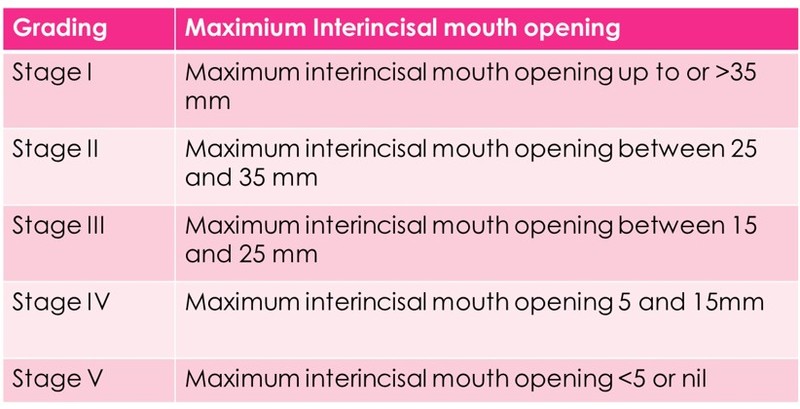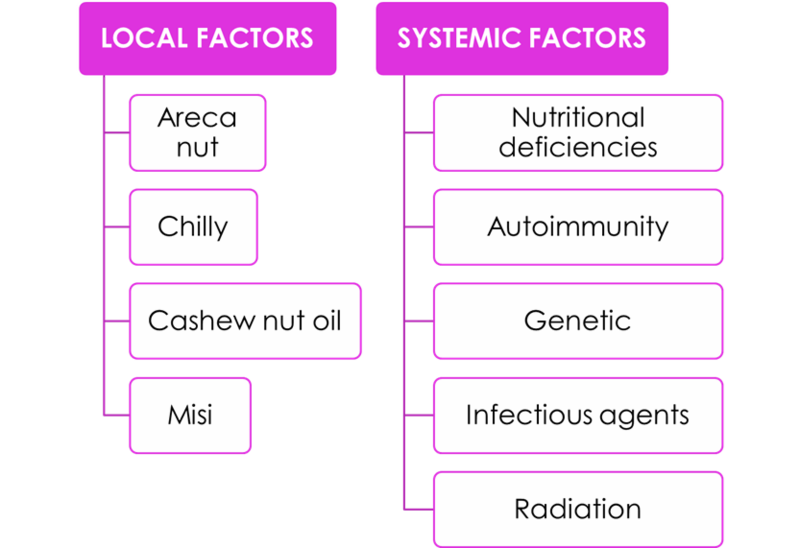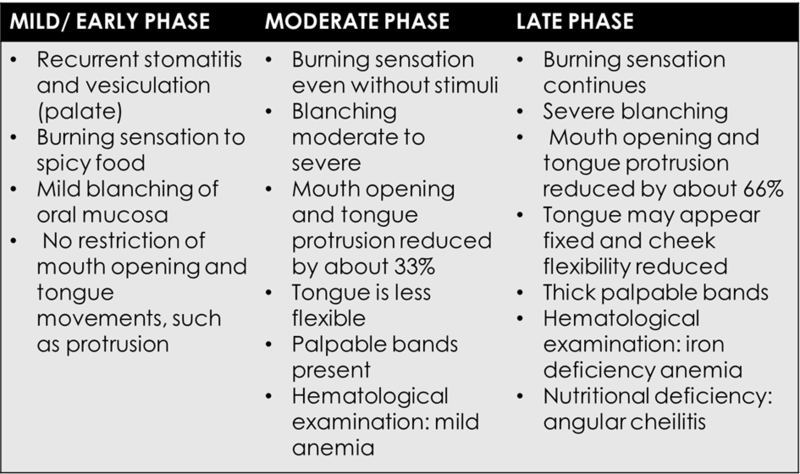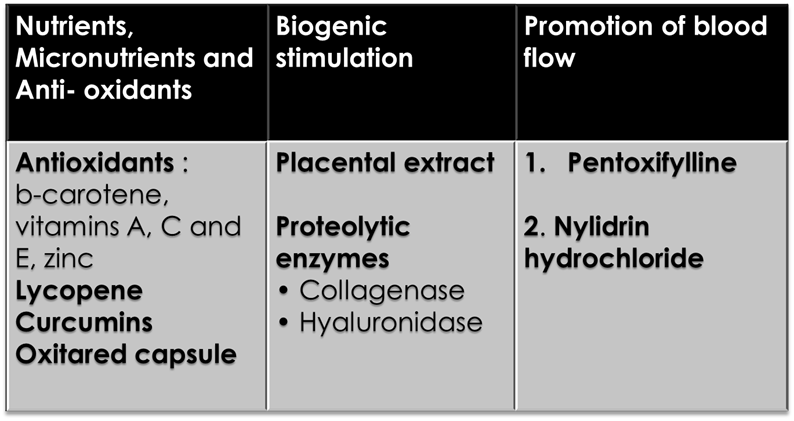Oral Submucous Fibrosis: Classification and Treatment
M3 India Newsdesk Aug 29, 2024
Oral Submucous Fibrosis OSMF is a disease that mostly affects the mouth cavity but can also occasionally affect the pharynx and oesophagus. This article explains the epidemiology, classification, diagnosis and management of this condition.
The oral cavity is lined with an uninterrupted mucosa that is continuous with the skin near the vermillion border of the lips and the pharyngeal mucosa in the soft palate region. Oral Submucous Fibrosis OSMF is a collagen metabolic illness that is subtle, chronic, complex, debilitating, irreversible, progressive, and scarring. It is a collagen metabolic disorder that is subtle, chronic, complex, debilitating, irreversible, progressive, and scarring.
The oral mucosa undergoes various changes like inflammation, ulcerations, pigmentation, loss of resilience and flexibility, to a significant blanched and fibrosed appearance leading to rigidity and progressive inability to open the mouth.
Definition
An insidious chronic disease affecting any part of the oral cavity and sometimes the pharynx, although occasionally preceded by and/or associated with vesicle formation, it is always associated with a juxta-epithelial inflammatory reaction followed by a fibroelastic change of the lamina propria, with epithelial atrophy leading to stiffness of the oral mucosa causing trismus and inability to eat.
Epidemiology
Seen mainly in India, Sri Lanka, Nepal, Pakistan, Burma and South Africa. The prevalence of OSMF in India ranges from 0.2–2.3% in males and 1.2–4.6% in females, age range from 11 to 60 years.
Classification
The classification is determined by the gap in the mouth between the upper and lower central incisors.

Aetiological factors

Clinical features

Management
- Preventive measures
- Physical therapy
- Medical treatment
- Surgical treatment
1. Preventive measures
The strategy for preventive measures is as follows;
- Ask: Systematically identify tobacco users at every visit.
- Advise: Strongly urge patients to quit.
- Identify: Find they're willing to quit.
- Assist: Aid the patients in quitting by helping them with a quit plan, pharmacological therapies and supplementary materials.
- Arrange: Schedule follow-up contact.
2. Physical therapy
- Laser
- Muscle stretching exercises
- Use of appliance (heister’s jaw opener)
- Stick ballooning
- Heat therapy
- Mouth-opening exercises using a wooden spatula/ ice cream sticks
- Mouth gag/ acrylic surgical screw
- Diathermy
- Ultrasound
3. Medical treatment

4. Surgical treatment
- Surgical release procedures for trismus
- Coronoidectomy
- The fat flap
- Nasolabial flaps
- Tongue flap
- Mandibular mucoperiosteal flap
- Palatal flap
- Platysma myo cutaneous flap
- Platysma myofascial flap
- Vascularised free flap
Prognosis
Oral Submucous Fibrosis being an irreversible condition has no effective treatment. Early diagnosis and treatment and elimination of the betel nut chewing habit may help to improve the condition.
Disclaimer- The views and opinions expressed in this article are those of the author and do not necessarily reflect the official policy or position of M3 India.
About the author of this article: Dr Dhyey Saradhara is a practising dentist and an oral and maxillofacial surgeon from Surat.
-
Exclusive Write-ups & Webinars by KOLs
-
Daily Quiz by specialty
-
Paid Market Research Surveys
-
Case discussions, News & Journals' summaries